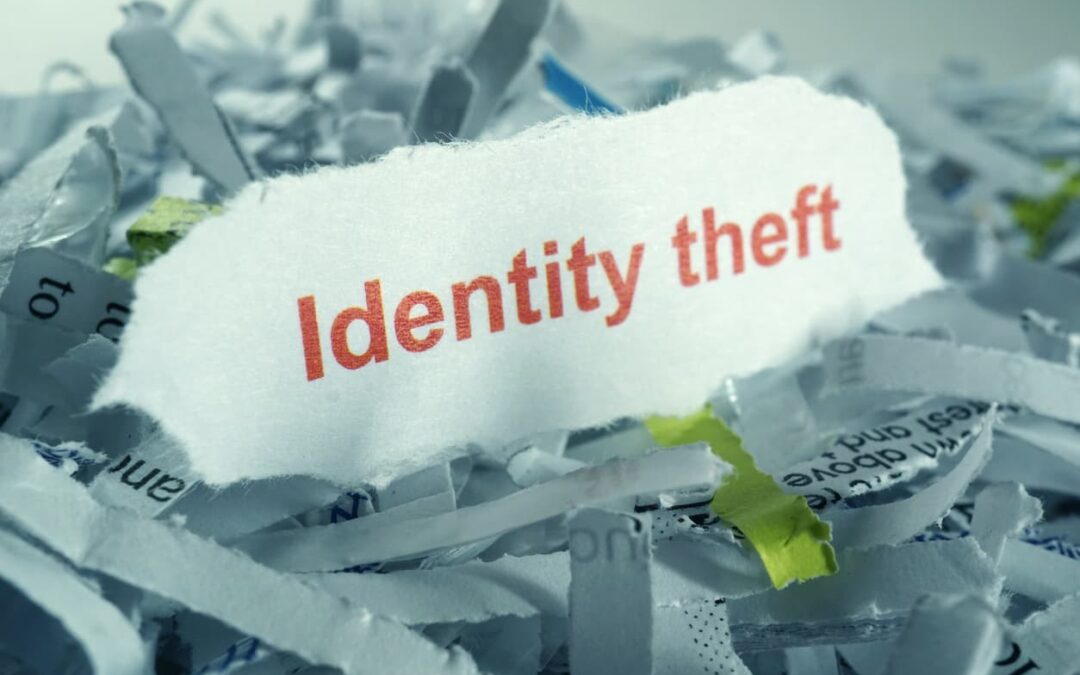A stolen identity is even worse than a broken-into car—but they can go hand in hand
Identity theft is a serious issue that can affect anyone. According to the Federal Trade Commission (FTC), there were 4.8 million identity theft and fraud reports in 2020, up 45% compared to 2019. The losses added up to over $712 billion.
Cyber thieves have found a new target for identity theft, and it comes from something you might not expect—your auto insurance information. In addition, any form of identity theft can negatively impact victims’ auto insurance rates by lowering their credit scores.
Here’s a quick guide to the realistic risks and tips you can use to protect your identity and credit.
Why should identity theft concern you?
Identity theft is when someone steals your personal information, such as your social security number, passwords, or account numbers. Cyber thieves will then use your information to commit fraud or sell it to others who do the same. Criminals might attempt to access your bank account or use credit or debit card numbers, a driver’s license number, or a social security number. Some bad actors use that information to open new accounts, go on a shopping spree, or apply for credit or a loan in your name.
Identity theft can negatively affect your credit, which might make it harder to get a loan. You could also end up with a higher interest rate or increased insurance premiums.
5 ways thieves steal identities
People intent on committing identity theft choose any number of ways to do it, and the attacks don’t always come from online sources.
1. Car burglaries
Some thieves will simply break into a car and steal the insurance card or auto registration out of the glove compartment. This gives them access to a wealth of personal information like your address, phone number, account number, and other identifying numbers. From there, they may be able to create or hijack an identity.
2. Break-ins at home
Your home could be the source of identity theft. Sophisticated thieves know that personal information like insurance policies, bank statements, and other important papers can be more valuable than electronics or jewelry. You keep a lot of files at home, which might contain everything from your social security number to bank account and credit card numbers.
3. Copying your VIN
A VIN (vehicle identification number) is a unique auto code that’s physically imprinted on a vehicle by the manufacturer. It works sort of like a fingerprint and consists of 17 characters (numbers and letters) in a single line. A VIN can be placed in several different places inside your car, but it’s usually pretty visible.
The visibility also makes it’s easy for identity thieves to find it and copy it down. They may then attempt to use a VIN to create new paperwork for a stolen vehicle. You can take steps to prevent this theft by covering up the VIN so it can’t be easily seen.
4. Stealing your wallet, purse, or keys
Experts warn never to leave your purse or wallet visible in your car. It’s an invitation for theft. Aside from identity theft, criminals can target your driver’s license, credit/ATM cards, bank account information, and cash.
5. Stealing license plates
It’s pretty easy to steal your license plate off of your vehicle and place it on a stolen car. Victims hope the thieves don’t get a ticket or get pulled over for drunk driving. To avoid becoming a target, you can buy tamper-proof bolts that require a special wrench to unhook.
6. Phishing schemes
Phishing scams involve emails or texts that attempt to trick you into providing your personal information, such as account numbers, Social Security numbers, passwords, or insurance information. They often appear to come from a name or brand you recognize, such as your insurance company or bank. You can protect yourself by not clicking on any links in suspicious emails. You should also remember that reputable companies don’t send emails asking for your personal information.
Signs that point to identify theft
You might not be aware that your identity has been stolen unless you check your credit report. Even then, it can take several months for the new transactions to show up. One of the easiest things to do is monitor your credit report regularly. You can also sign up for services that will send you an alert whenever unusual activity occurs.
However, there are other common clues that point to identify theft:
- Statements or bills for new accounts that you don’t remember opening
- Statements or bills that stop showing up in the mail
- Unexpected denial of credit and loan applications
- Unauthorized bank transactions and withdrawals
- Fraudulent tax returns filed in your name
- Unauthorized authentication messages for new accounts you didn’t open
Securing your identity
Your identity is invaluable, and keeping it safe is essential. While NICRIS can’t protect your identity from every threat, we can help protect your car, home, or business. If you have questions or you’d like a free, personalized insurance review, contact us today.

